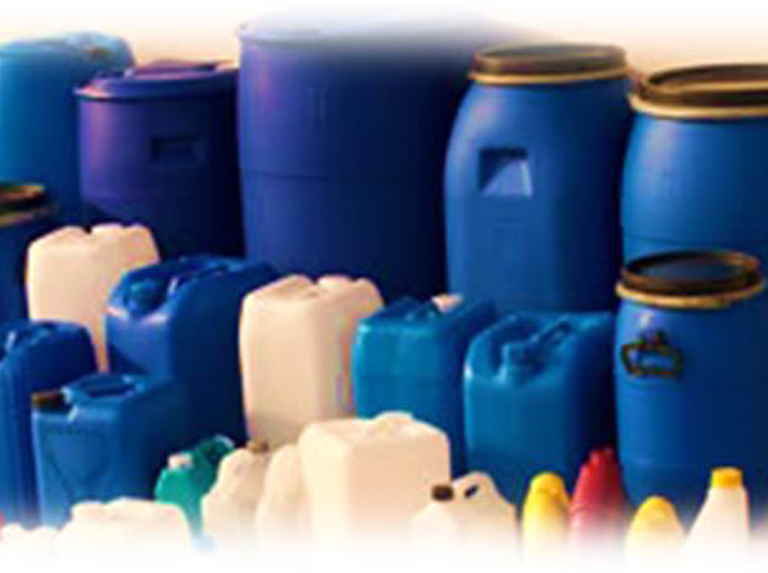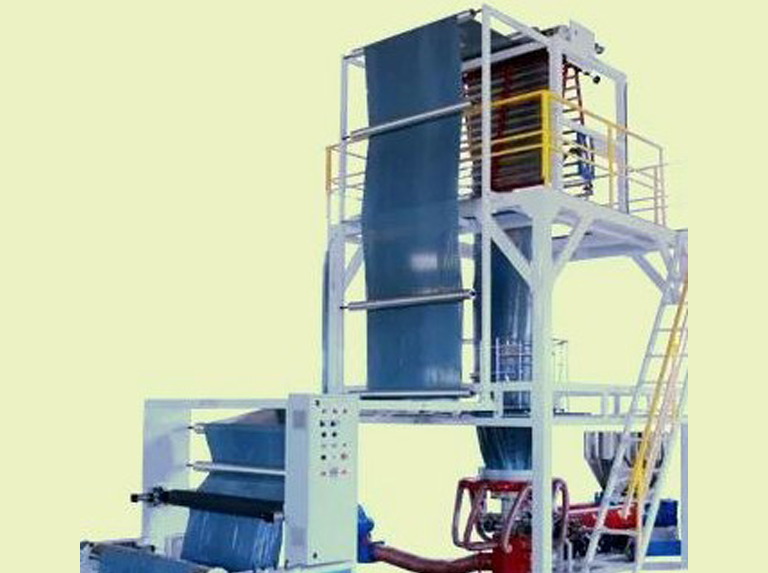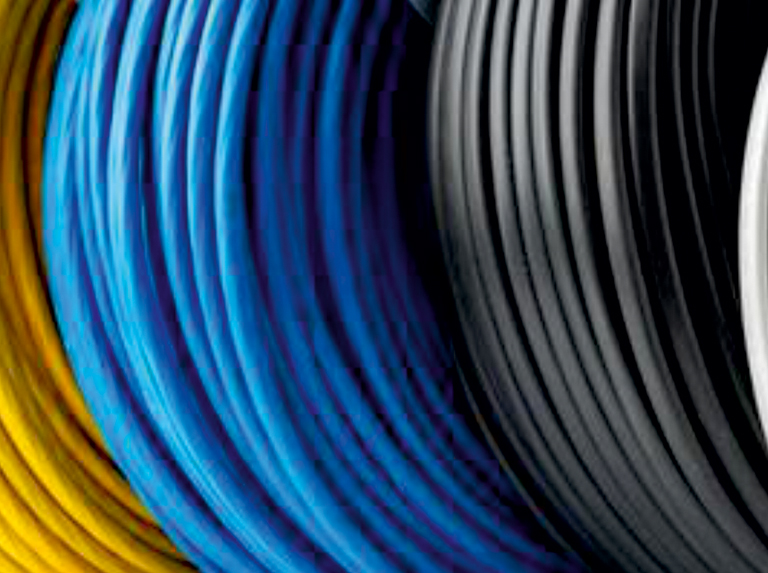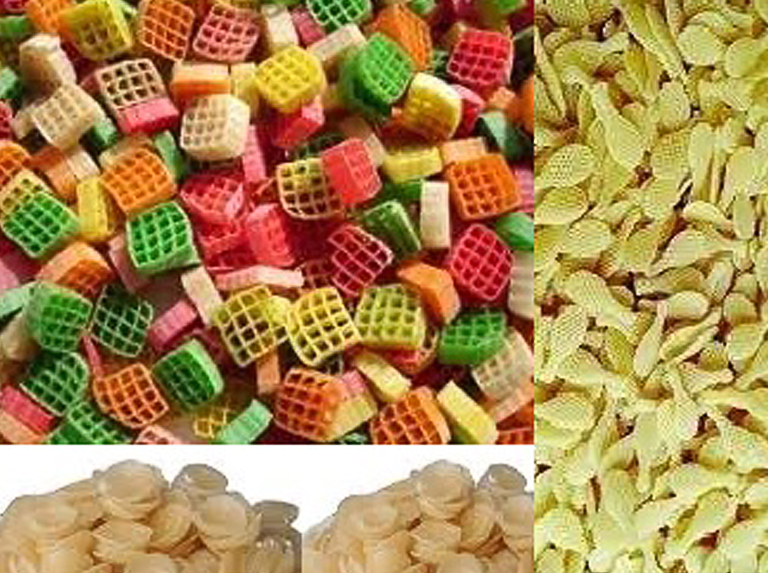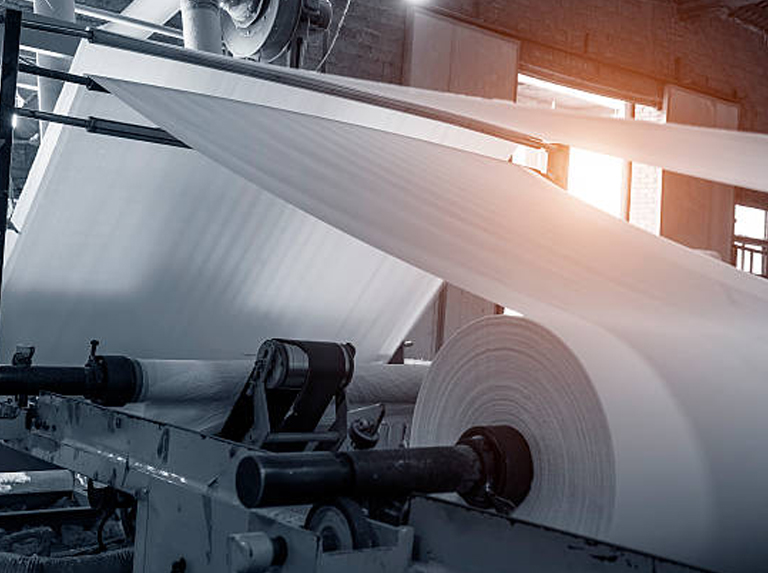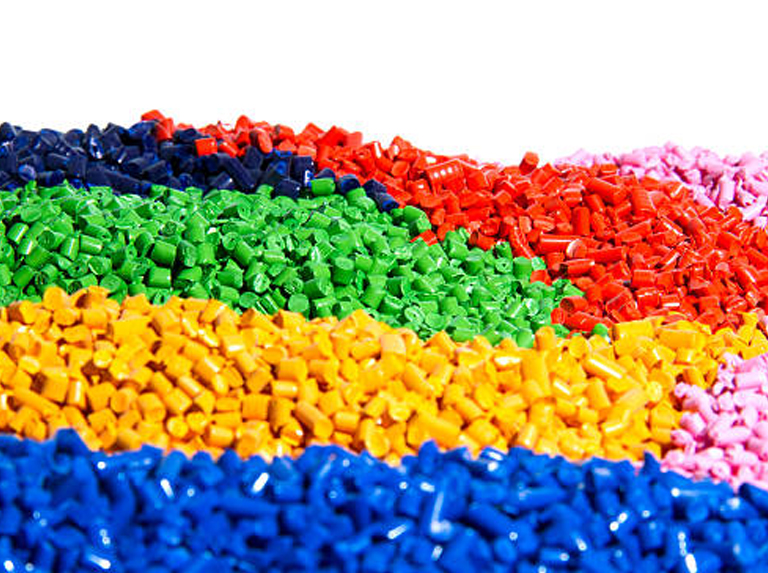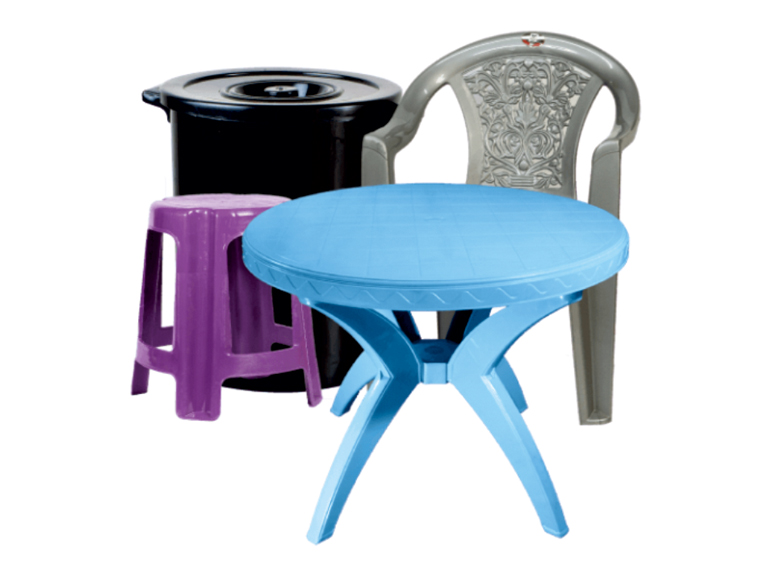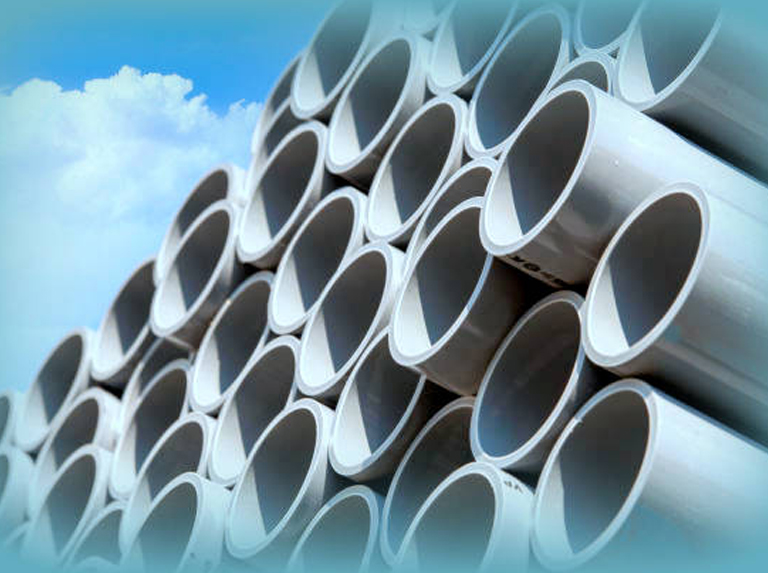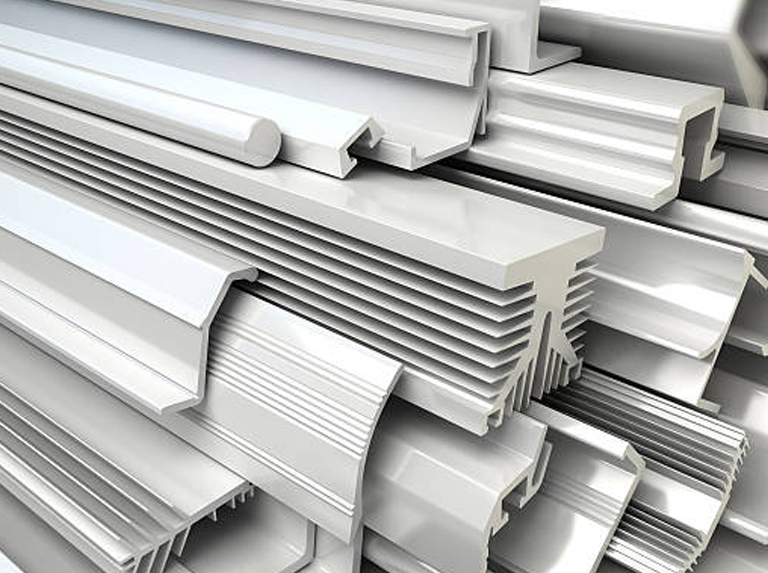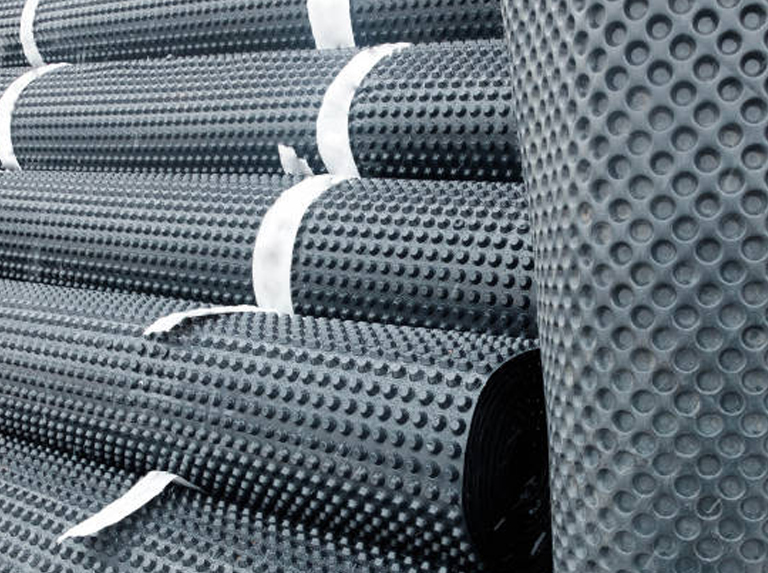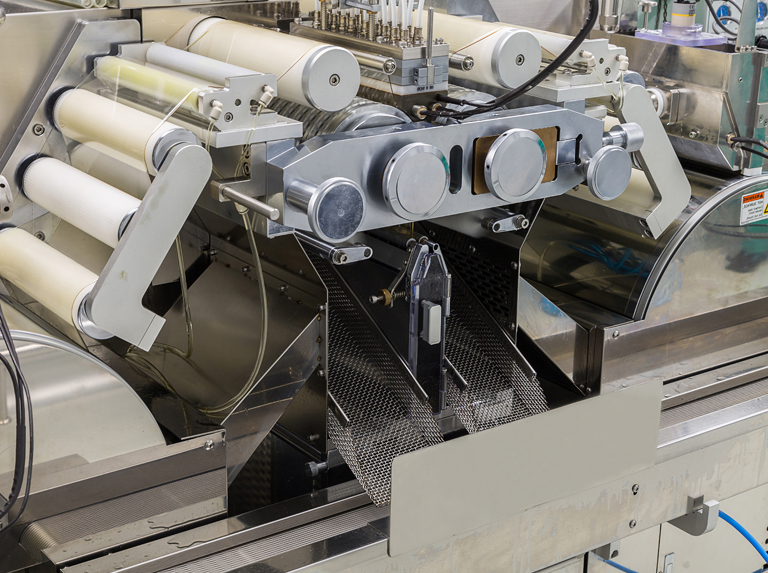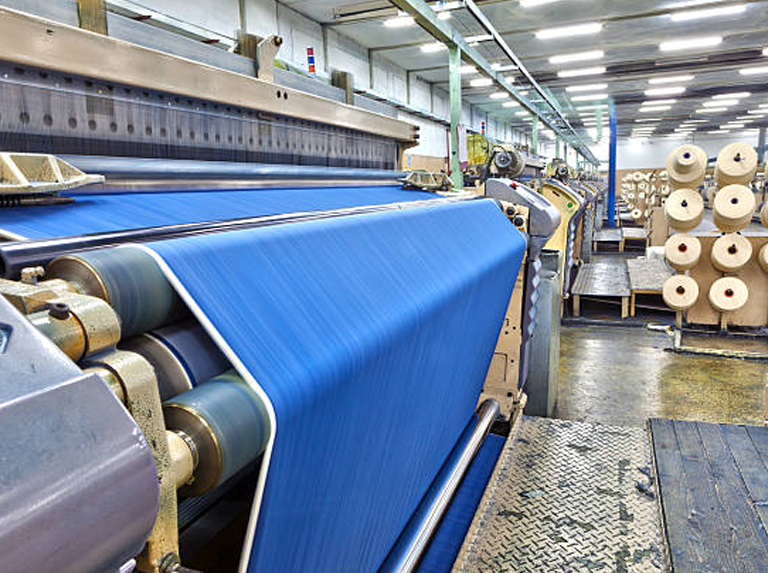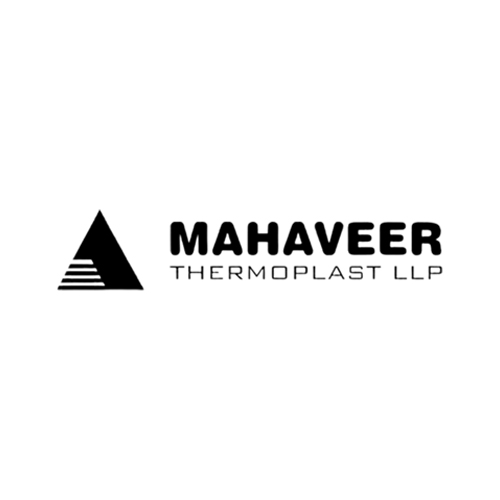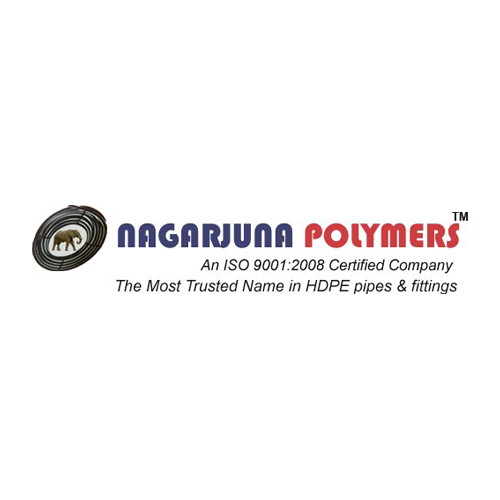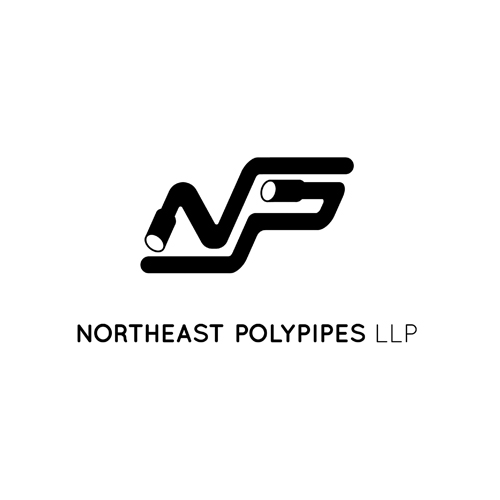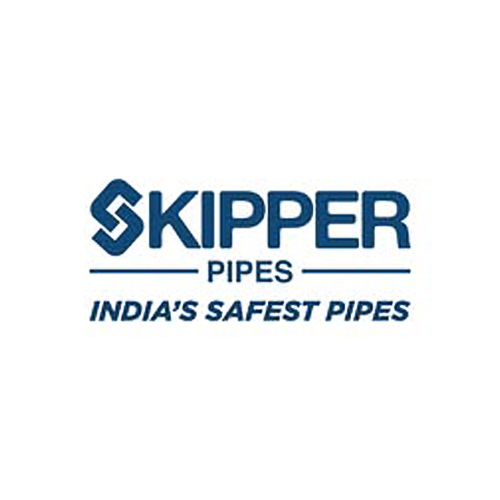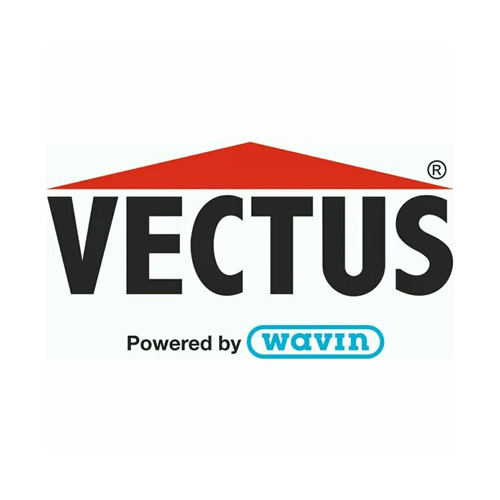
- Home
- Vented Barrel
Vented Barrel
Vented barrels are specialized components used in plastic extrusion machinery to improve processing efficiency and product quality. These barrels feature integrated venting ports or channels along their length, which allow for the release of trapped air and volatiles from the melt during the extrusion process. This design helps to reduce melt pressure variations, eliminate voids in the extruded product, and improve melt homogeneity.
Vented Barrel
Benefits
Enhanced Degassing and Melt Homogenization
Vented barrels facilitate efficient degassing of air and volatiles from the melt, ensuring a smoother extrusion process and reducing the risk of surface defects in the extruded product. This results in improved product quality and reduced scrap rates.
Improved Melt Temperature Control
The venting ports or channels along the barrel length allow for better control over melt temperature profiles, minimizing temperature variations and ensuring consistent processing conditions. This helps to achieve uniform product dimensions and mechanical properties.
Reduced Shear Heating and Energy Consumption
By optimizing melt degassing and reducing shear heating, vented barrels enhance extrusion efficiency while minimizing energy consumption. This leads to lower production costs and improved operational sustainability over time.
Customization Options
We offer customization options to meet specific customer requirements, including barrel diameter, length, venting configuration, material selection, and surface coatings. Our engineering expertise ensures that each vented barrel is tailored to maximize performance and operational efficiency.
FAQs
What is a vented barrel?
A vented barrel is a specially designed barrel used in plastic extrusion and injection molding to facilitate the removal of trapped air, moisture, and volatile gases from the polymer melt during processing.
It features:
A venting port positioned after the feed section.
A reduced-pressure zone to allow gas escape.
An optional vacuum system for enhanced degassing.
This is especially useful for moisture-sensitive and volatile-rich polymers like PET, ABS, and nylon, ensuring higher-quality plastic products.
Why is a vented barrel used in extrusion?
A vented barrel is essential for high-quality extrusion because it:
Removes trapped gases – Prevents air pockets that can lead to weak spots.
Eliminates moisture – Essential for plastics that absorb humidity, like polyamides (nylon) and PET.
Prevents burn marks and bubbles – Reduces defects caused by trapped volatiles.
Enhances product consistency – Ensures a smooth, uniform melt flow.
Improves adhesion and surface quality – No gas-related imperfections in the final product.
Without proper venting, plastics may suffer from brittleness, inconsistencies, and unwanted defects.
What materials are used to manufacture vented barrels?
Vented barrels must be made of high-strength, wear-resistant materials due to continuous exposure to heat, friction, and corrosive gases. Common materials include:
Nitrided Steel (38CrMoAlA) – Offers high wear resistance and surface hardness, ideal for general-purpose extrusion.
Bimetallic Alloys – Provides exceptional durability against corrosion and abrasion, perfect for fiber-filled plastics.
Hardened Stainless Steel – Excellent for chemical-resistant applications, preventing material contamination.
Tungsten Carbide Coatings – Used for processing abrasive and high-temperature polymers.
Choosing the right material depends on the polymer type, production environment, and required longevity.
Can vented barrels be used with any extruder?
No, vented barrels require extruders specifically designed for venting. To use a vented barrel, an extruder must have:
A dedicated venting zone to allow gas release.
A properly designed screw with a venting section (vented screw).
A vacuum system (optional) to enhance gas removal.
If an extruder is not designed for venting, adding a vented barrel alone will not be effective.
What are the advantages of using a vented barrel?
A vented barrel offers numerous benefits in plastic processing:
Higher product quality – Eliminates defects like voids, bubbles, and discoloration.
Prevents material degradation – Removes volatile by-products that cause polymer breakdown.
Improves process stability – Ensures a consistent melt viscosity for better extrusion.
Reduces pre-drying requirements – Saves energy and preparation time for moisture-sensitive plastics.
Enhances adhesion and bonding – Crucial for multi-layered extrusions and laminated films.
Boosts efficiency – Fewer rejects and higher production output.
A vented barrel is critical for applications requiring strict quality control, such as medical devices, food-grade plastics, and high-performance engineering polymers.
How long does a vented barrel last?
The lifespan of a vented barrel depends on several factors, including:
Material quality – Nitrided and bimetallic barrels last longer.
Processing conditions – Higher temperatures and abrasive materials cause faster wear.
Maintenance practices – Regular cleaning and lubrication extend lifespan.
On average, a properly maintained vented barrel lasts between 6-10 years before requiring replacement.
Does a vented barrel require different maintenance than standard barrels?
Yes, vented barrels require additional care compared to standard barrels.
Regular cleaning of the venting section – Prevents clogging by polymer residues.
Checking for wear and corrosion – Ensures gas escape efficiency.
Lubricating contact surfaces – Prevents excessive friction and overheating.
Inspecting the vacuum system (if used) – Keeps venting performance optimal.
Neglecting maintenance can reduce venting efficiency, leading to poor product quality and extruder downtime.
Can a vented barrel be customized?
Yes! We provide custom vented barrels tailored to your:
Extruder specifications (length, diameter, and vent port placement).
Material requirements (nitrided, bimetallic, carbide coatings).
Processing conditions (temperature, speed, and material type).
Specialized venting solutions (vacuum-assisted or standard venting).
Our barrels are engineered for durability, efficiency, and maximum output.
Is a vented barrel compatible with recycled plastic?
Yes, vented barrels are widely used in plastic recycling because they:
Remove residual moisture from reprocessed materials.
Eliminate contaminants and volatile compounds from mixed plastics.
Improve the flow and consistency of recycled resins.
They are essential for processing recycled PET, HDPE, and PP, ensuring high-quality, defect-free extrusions.
Does a vented barrel improve production speed?
Yes, a vented barrel significantly enhances production speed by:
Reducing the need for pre-drying – Saves time in material preparation.
Preventing gas-related defects – Reduces rework and scrap.
Maintaining a stable melt flow – Ensures smooth, uninterrupted extrusion.
This leads to higher throughput, better efficiency, and lower operational costs.

Expertise and Experience
With over 22 years of industry experience, we are leaders in the manufacturing of single screws, backed by a team of skilled professionals.

Advanced Manufacturing Facilities
Our state-of-the-art production facility is equipped with cutting-edge technology and CNC machines, ensuring precision and consistency in every component we manufacture.

Commitment to Quality
We adhere to stringent quality control standards throughout the manufacturing process, ensuring that each single screw meets our high-quality standards and exceeds customer expectations.

Customer-Centric Approach
We prioritize customer satisfaction and strive to provide personalized solutions and exceptional service. Our dedicated team is ready to assist you with technical expertise and support.

